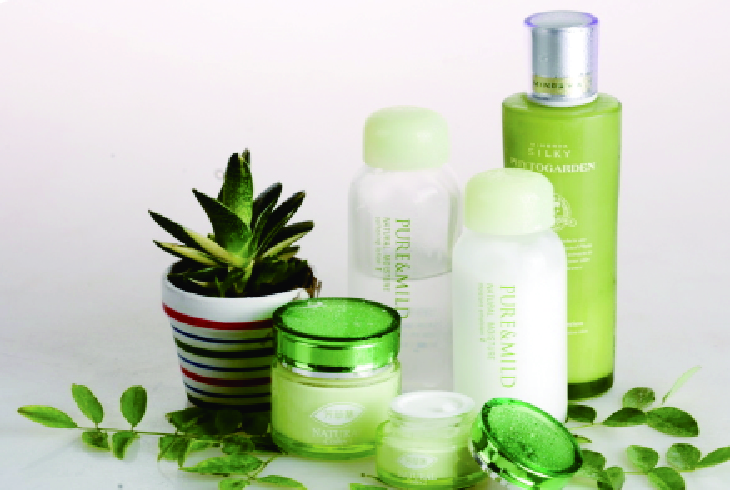
News
Dec . 11, 2024 09:30 Back to list
Manufacturing of Polyglutamic Acid and Hyaluronic Acid for Skincare Applications
The Emergence of Polyglutamic Acid and Hyaluronic Acid in Skincare Innovations from Manufacturing
In the ever-evolving world of cosmetics and skincare, the integration of advanced ingredients has taken center stage. Among the notable entrants into this realm are polyglutamic acid (PGA) and hyaluronic acid (HA), both of which have garnered significant attention for their hydrating and skin-replenishing properties. The growth of factories specializing in the production of these ingredients is a testament to the increasing demand for high-quality skincare solutions that cater to diverse skin types and concerns.
Understanding Polyglutamic Acid and Its Benefits
Polyglutamic acid is a relatively newer player in the skincare industry, hailed for its ability to retain moisture more effectively than its counterpart, hyaluronic acid. As a naturally occurring peptide derived from fermented soybeans, PGA is gaining traction due to its unique capability to hold up to 5,000 times its weight in water. This remarkable hydration capacity makes it a powerful ingredient for users seeking dewy, plump skin.
The benefits of polyglutamic acid extend beyond mere hydration. It has been shown to enhance the skin barrier function, thereby reducing water loss and promoting a smoother complexion. As consumers become increasingly aware of the importance of barrier care, the role of PGA in skincare formulations is likely to expand. Moreover, its ability to improve the absorption of other active ingredients makes it a valuable addition to a variety of formulations, from serums to moisturizers.
The Timeless Appeal of Hyaluronic Acid
Hyaluronic acid, on the other hand, has been a staple in the beauty industry for years. Known for its powerful moisture-retaining properties, HA is a naturally occurring substance in the human body, primarily found in connective tissues, skin, and cartilage. As a humectant, it draws moisture from the environment into the skin, resulting in a plump and hydrated appearance.
The effectiveness of hyaluronic acid has led to its widespread use in a myriad of products, including creams, serums, and injections for cosmetic procedures such as dermal fillers. It comes in various molecular weights, allowing formulators to target different skin layers for optimized hydration. The adaptability of HA is one of the reasons it has remained a perennial favorite among both consumers and manufacturers.
The Role of Factories in Expanding Access
polyglutamic acid and hyaluronic acid factory

As the popularity of polyglutamic acid and hyaluronic acid surges, factories dedicated to their production are emerging globally. These facilities employ innovative biotechnological methods to ensure the highest purity and efficacy of the ingredients. By adopting sustainable practices and efficient production techniques, manufacturers are able to scale up production while minimizing environmental impact.
These factories often invest in advanced research and development to explore novel applications for PGA and HA. For example, combining these two ingredients in formulations can magnify their hydrating effects and enhance skin health, leading to the creation of products that are both effective and reliable.
Moreover, as more brands recognize the importance of quality sourcing and production standards, the role of certified factories becomes increasingly critical. Consumers are now more discerning about the origins and production methods of their skincare products. Transparency in manufacturing processes, along with adherence to regulatory standards, has become essential for brands aiming to establish trust with their customers.
Future Trends and Market Potential
Looking ahead, the synergy between polyglutamic acid and hyaluronic acid is expected to drive innovation in the skincare industry. The demand for clean beauty products that deliver visible results will likely fuel the growth of these ingredients, with manufacturers continuously exploring new formulations and delivery methods.
Furthermore, as the skincare market becomes more saturated, companies will differentiate themselves by leveraging quality and efficacy. The emphasis on comprehensive skincare routines and multi-functional products will lead to the development of more complex formulations that include both PGA and HA, catering to a broader audience seeking effective solutions for hydration, aging, and overall skin health.
Conclusion
In summary, the rise of polyglutamic acid and hyaluronic acid in skincare is supported by a robust manufacturing infrastructure that prioritizes quality and innovation. As these ingredients continue to revolutionize hydration and skin health, the factories producing them will play a crucial role in shaping the future of the beauty industry. As consumers increasingly seek out powerful and effective skincare solutions, the synergy between PGA and HA promises to deliver remarkable results in achieving healthy, radiant skin.
-
Polyaspartic Acid Salts in Agricultural Fertilizers: A Sustainable Solution
NewsJul.21,2025
-
OEM Chelating Agent Preservative Supplier & Manufacturer High-Quality Customized Solutions
NewsJul.08,2025
-
OEM Potassium Chelating Agent Manufacturer - Custom Potassium Oxalate & Citrate Solutions
NewsJul.08,2025
-
OEM Pentasodium DTPA Chelating Agent Supplier & Manufacturer High Purity & Cost-Effective Solutions
NewsJul.08,2025
-
High-Efficiency Chelated Trace Elements Fertilizer Bulk Supplier & Manufacturer Quotes
NewsJul.07,2025
-
High Quality K Formation for a Chelating Agent – Reliable Manufacturer & Supplier
NewsJul.07,2025
